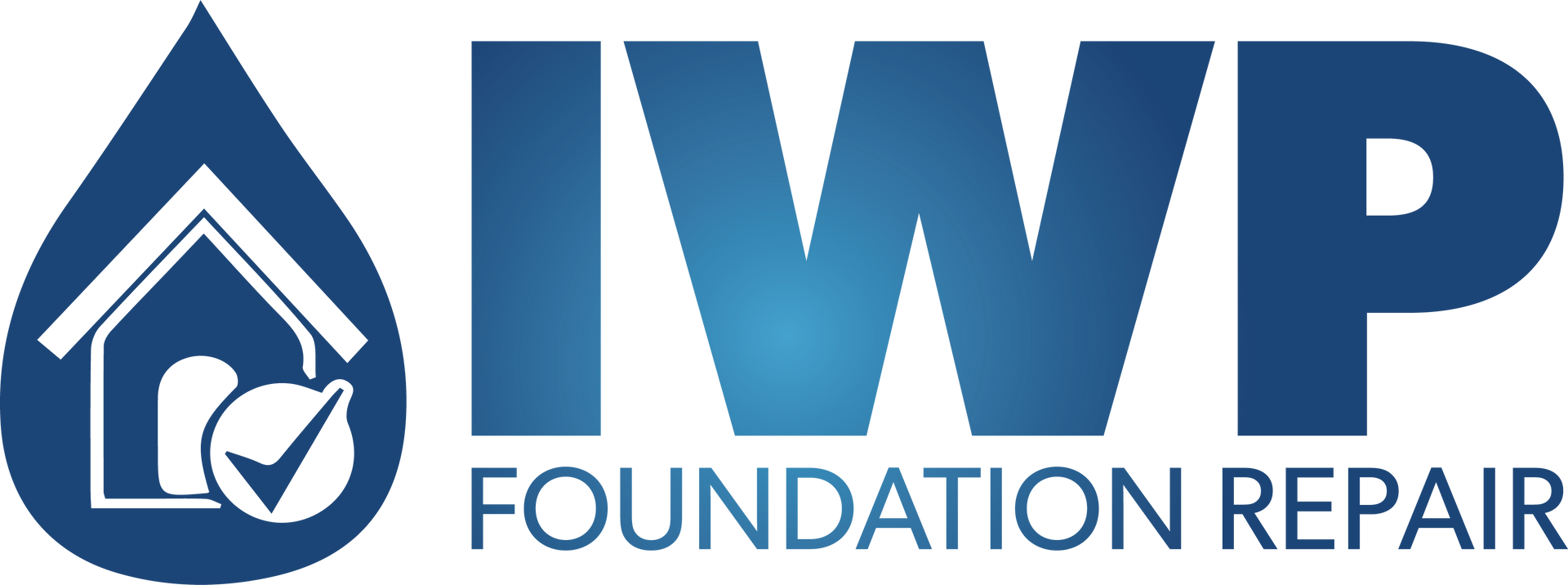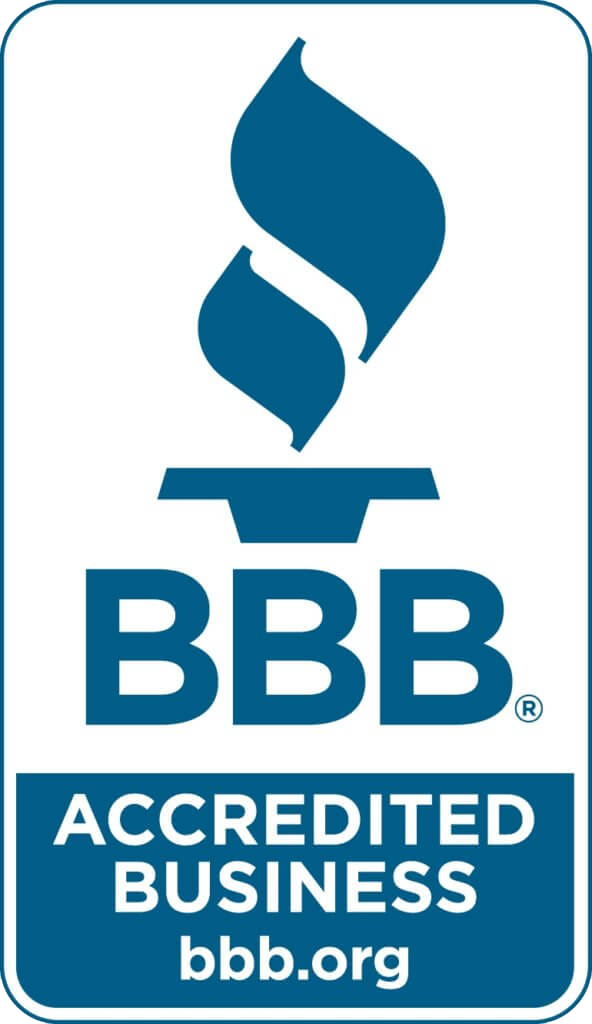What Makes Kansas Soil Different in Foundation Repair?
Unearthed Insights: Kansas Soil and Its Impact on Foundation Repair
When it comes to the unique geography and landscapes of the United States, Kansas often stands out, especially when it comes to soil composition. Kansas soil is vastly different from other soil types found across the country, and this distinction plays a crucial role in the realm of foundation repair. In this blog, we'll delve into why Kansas soil is so different and how it relates to the foundation repair work that is frequently required in this region.
Kansas Soil: A Unique Composition
- Clay-Rich Soil: One of the defining characteristics of Kansas soil is its high clay content. The state's central region, often referred to as the "Claypan Belt," is particularly known for its heavy clay soils. These clay soils can expand significantly when wet and contract when dry, causing considerable stress on foundations.
- Silt and Sand: Alongside clay, Kansas soil also contains varying amounts of silt and sand. The composition can differ from region to region, with Western Kansas featuring more sandy soil. Silt and sand can be less problematic for foundations compared to clay, but their presence still impacts the overall soil structure.
Why Kansas Soil Matters in Foundation Repair
- Expansive Nature of Clay: The expansive nature of clay-rich soil is a major concern for foundations. When the clay absorbs water, it swells, exerting tremendous pressure on a home's foundation. Conversely, during dry periods, the clay contracts, causing the foundation to settle or crack. This cyclic process is a common cause of foundation problems.
- Foundation Settlement: Due to the propensity of Kansas soil to expand and contract, foundations can experience settlement issues. These issues are characterized by uneven settling of the structure, leading to sloping floors, cracked walls, and other structural damage.
- Cracking and Settling: Kansas soil's constant movement can lead to foundation cracks and shifts. These issues can compromise the integrity of the foundation and, consequently, the entire structure.
- Moisture Fluctuations: Managing moisture levels in the soil is critical for preventing foundation damage. Droughts can dry out the soil, while heavy rainfall saturates it. Finding the right balance is essential to minimizing foundation stress.
Foundation Repair in Kansas: A Necessity
Foundation repair work in Kansas is often necessitated by the unique soil composition. Professionals use various techniques to address these soil-related issues:
- Piering Systems: Installing piers (often made of steel or concrete) to support the foundation and prevent further settlement.
- Hydraulic Lift Systems: Utilizing hydraulic systems to lift and level the foundation, compensating for soil-related settling.
- Soil Stabilization: Treating the soil to control its moisture levels and mitigate the impact of soil expansion and contraction.
- Water Management: Implementing drainage and grading solutions to divert water away from the foundation, reducing soil moisture fluctuations.
Kansas' distinct soil composition, particularly its high clay content, has a significant impact on foundation repair work in the state. Homeowners and builders must be aware of the challenges posed by Kansas soil and take proactive measures to protect their foundations. Understanding the relationship between soil composition and foundation issues is the first step in ensuring the structural integrity and longevity of homes in the Sunflower State.

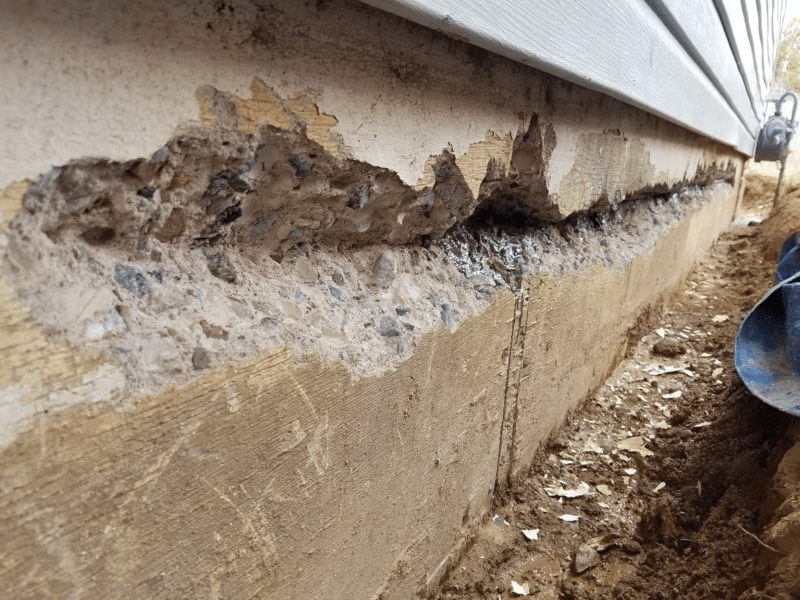
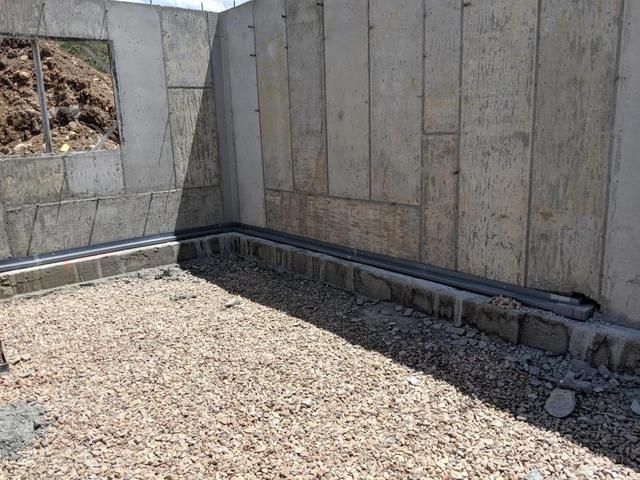


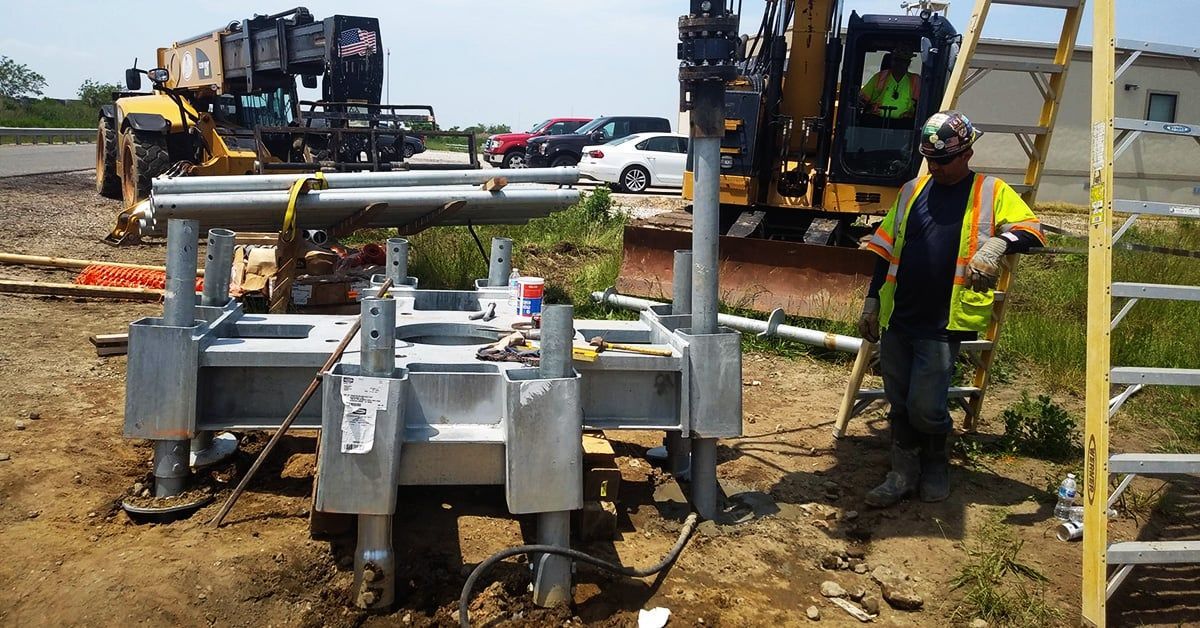





HAVE PEACE OF MIND WITH IWP FOUNDATION REPAIR
With over 30 years of combined experience in the business, you know that you can trust our team to get the job done right the first time. We value the customer experience, which is why we take the time to listen to your concerns, answer all your questions, and explain the best plan of action for your home. If you’ve noticed any foundation issues at all, no matter how minor they seem, you should call a professional. Our expert team is waiting for you, so call today for a free evaluation!
